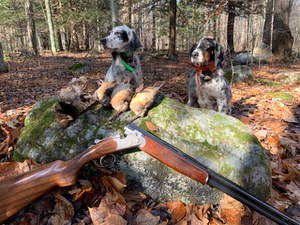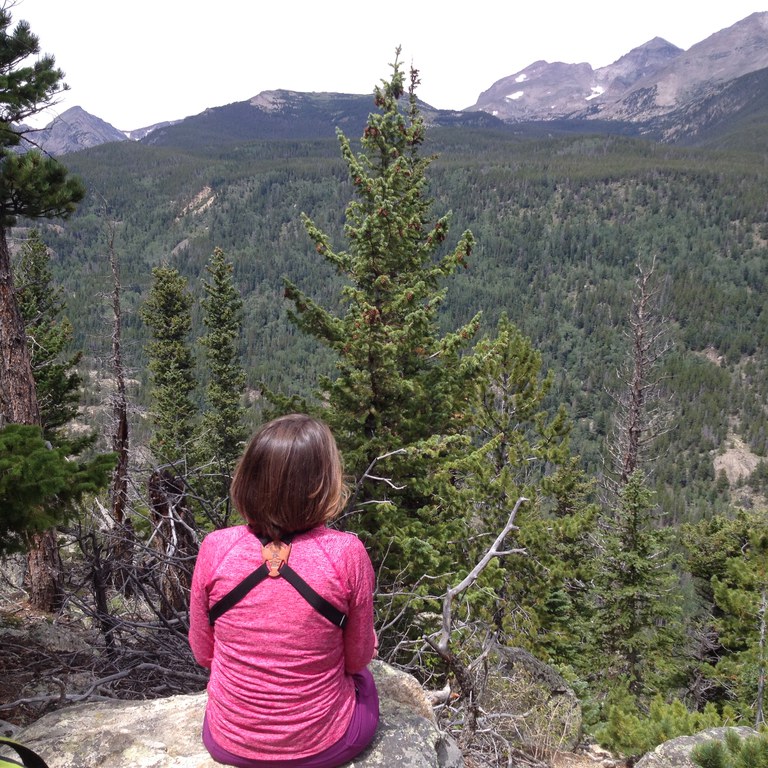Public lands, biodiversity, and resilience
A couple of months ago, someone forwarded me a story about Mollie Beattie. Beattie was the first woman to head the U.S. Fish and Wildlife Service, appointed in 1993 by then President Clinton.
Tragically, Beattie died of brain cancer at the age of 49 – only 3 years after her appointment. Beattie’s focus during her tenure was defending the Endangered Species Act (ESA) which was under political attack at the time. She championed the Act’s successes (recovery of species like the bald eagle, peregrine falcon, and American alligator) and dispelled myths and lies (like ESA stopping development, taking people’s land, and crippling economies).
“When we see the snails and the mussels and the lichen in trouble it is a signal that the ecosystems upon which we, too, depend are unravelling. I believe there is only one conflict and that is between the short term and the long term thinking. In the long term, the economy and the environment are the same thing. If it’s unenvironmental, it’s uneconomical. That is a rule of nature.”
Mollie Beattie
The ESA is landmark legislation that protects critically imperiled species from extinction, and got the lion’s share of Beattie’s attention during her tenure. But progress was made elsewhere, such as the addition of 15 national wildlife refuges. The Refuge system today spans 150 million acres across 566 national wildlife refuges. Expanses of land set aside for the protection of wildlife and habitat. Land that may prevent species from needing the protection of the ESA. Land where we can hunt and fish. Land that preserves the entirety of a place from plants and animals to insects and mollusks to bacteria and protozoa.

All too often, the focus is on one species. Like the reintroduction of wolves into the Yellowstone ecosystem which took place under Beattie. But that wasn’t about wolves. It was about replacing a piece of a puzzle. A complex, multi-level, multi-dimensional puzzle.
When puzzles are complete, ecosystems are more resilient and better able to withstand seen and unseen threats. Think of whole ecosystems in terms of mobile homes vs concrete structures in Florida during a hurricane. Only one will see the other side of that hurricane.
But we get something from healthy ecosystems, too.
Duane received the same article about Beattie. “They may be just ungulates and game birds, but my daughter would not have bagged an elk were it not for public land, deer hunting is a different dimension on thousands of acres of state forest land in PA, and where would I hunt grouse without large areas of contiguous forest where different age classes of forest exist in a sustainable manner?” was his response.
“I would like to have stopped the ridicule about the conservation of snails, lichens, and fungi, and instead moved the debate to which ecosystems are the most recoverable and how we can save them, making room for them and for ourselves.”
Mollie Beattie
Indeed, where would he go? Public land takes many forms and has many purposes. Charismatic critters steal the spotlight. We see that in the blog. Posts about deer movement and capture generate excitement and interest. Posts about Indian cucumber root and manganese or snails and calcium not so much. Deer are an important part of the Deer Forest study but so is the forest – and all its pieces. We must care for the whole system, not just one piece. Like getting married, in-laws are part of a package deal.
I say bring on soil pH, cation exchange, and ordinations by cluster! Because where would I go to see all these things live and work and play and sing together?
Jeannine Fleegle
Wildlife Biologist
PGC Deer and Elk Section
If you would like to receive email alerts of new blog posts, subscribe here.
And Follow us on Twitter @WTDresearch
